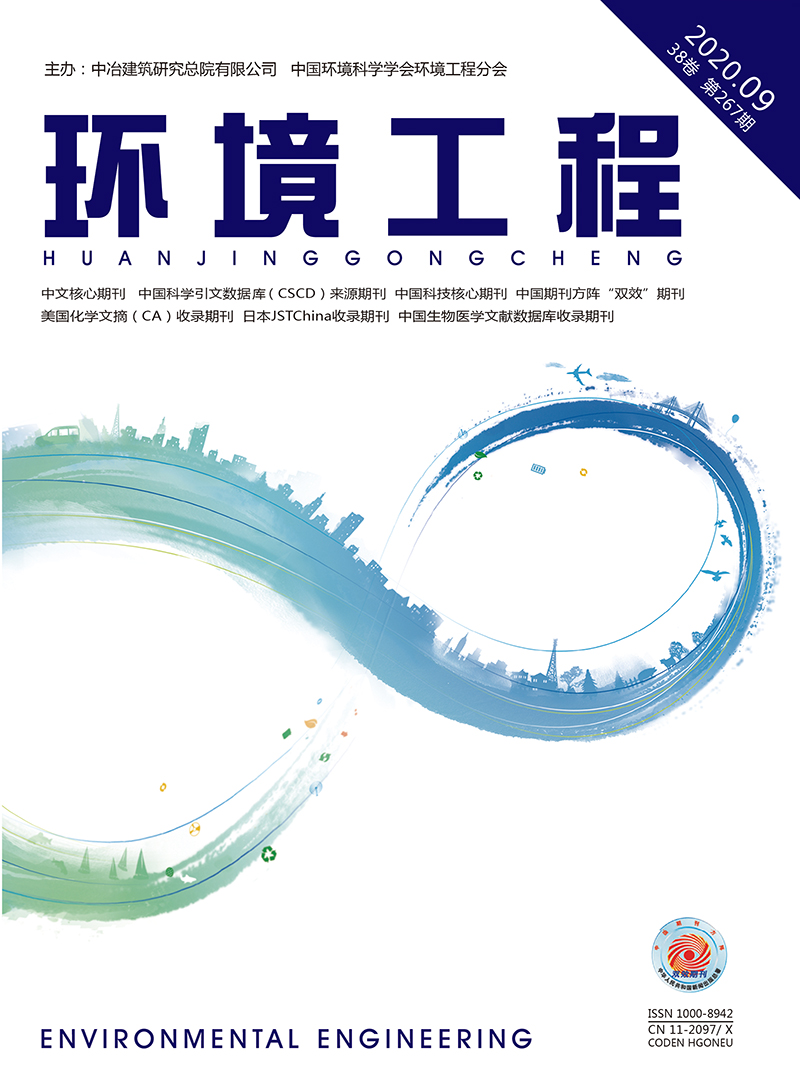|
WANG X Y, LEI Y, YAN L, et al. A unit-based emission inventory of SO2, NOx and PM for the Chinese iron and steel industry from 2010 to 2015[J]. Science of the Total Environment, 2019, 676:18-30.
|
|
HLEIS D, FERNANDEZ-OLMO I, LEDOUX F, et al. Chemical profile identification of fugitive and confined particle emissions from an integrated iron and steelmaking plant[J]. Journal of Hazardous Materials, 2013, 250/251:246-255.
|
|
KONG S F, JI Y Q, LI Z Y, et al. Emission and profile characteristic of polycyclic aromatic hydrocarbons in PM2.5 and PM10 from stationary sources based on dilution sampling[J]. Atmospheric Environment, 2013, 77:155-165.
|
|
TSAI J H, LIN K H, CHEN C Y, et al. Chemical constituents in particulate emissions from an integrated iron and steel facility[J]. Journal of Hazardous Materials, 2007, 147(1/2):111-119.
|
|
JIUN-HORNG T, KUO-HSIUNG L, CHIH-YU C, et al. Volatile organic compound constituents from an integrated iron and steel facility[J]. Journal of Hazardous Materials, 2008, 157(2/3):569-578.
|
|
YANG H H, LAI S O, HSIEH L T, et al. Profiles of PAH emission from steel and iron industries[J]. Chemosphere, 2002, 48(10):1061-1074.
|
|
KHALILI N R, SCHEFF P A, HOLSEN T M. PAH source fingerprints for coke ovens, diesel and gasoline-engines, highway tunnels, and wood combustion emissions[J]. Atmospheric Environment, 1995, 29(4):533-542.
|
|
蒋靖坤, 邓建国, 李振, 等. 固定污染源排气中PM2.5采样方法综述[J]. 环境科学, 2014, 35(5):2018-2024.
|
|
裴冰. 固定源排气中可凝结颗粒物排放与测试探讨[J]. 中国环境监测, 2010, 26(6):9-12.
|
|
裴冰. 燃煤电厂可凝结颗粒物的测试与排放[J]. 环境科学, 2015, 36(5):1544-1549.
|
|
CORIO L A, SHERWELL J. In-stack condensible particulate matter measurements and issues[J]. Journal of the Air & Waste Management Association, 2000, 50(2):207-218.
|
|
WANG G, DENG J G, MA Z Z, et al. Characteristics of filterable and condensable particulate matter emitted from two waste incineration power plants in China[J]. Science of the Total Environment, 2018, 639:695-704.
|
|
YANG H H, LEE K T, HSIEH Y S, et al. Filterable and condensable fine particulate emissions from stationary sources[J]. Aerosol and Air Quality Research, 2014, 14(7):2010-2016.
|
|
USEPA. Method 202-Dry impinger method for determining condensable particulate emissions from stationary sources[S]. USEPA:Washington, D.C., 2010.
|
|
蒋靖坤, 邓建国, 王刚, 等. 固定污染源可凝结颗粒物测量方法[J]. 环境科学, 2019(12):5234-5239.
|
|
WANG G, DENG J G, ZHANG Y, et al. Evaluating airborne condensable particulate matter measurement methods in typical stationary sources in China[J]. Environmental Science & Technology, 2020,54(3):1363-1371.
|
|
YANG H H, LEE K T, HSIEH Y S, et al. Emission characteristics and chemical compositions of both filterable and condensable fine particulate from steel plants[J]. Aerosol and Air Quality Research, 2015, 15(4):1672-1680.
|
|
International Organization for Standardization (ISO). Stationary source emissions-test method for determining PM2.5 and PM10 mass in stack gases using cyclone samplers and sample dilution. ISO 25597:2013[S]. ISO:Geneva, Switzerland, 2013.
|
|
李妍菁, 邓建国, 王刚, 等. 固定源可凝结颗粒物稀释采样器的设计[J]. 环境科学学报, 2020,40(5):1656-1660.
|
|
温斌, 宋宝华, 孙国刚, 等. 钢铁烧结烟气脱硝技术进展[C]//2017年烧结烟气脱硝及综合治理技术交流研讨会, 临汾, 2017.
|
|
JI Z Y, GAN M, FAN X H, et al. Characteristics of PM2.5 from iron ore sintering process:influences of raw materials and controlling methods[J]. Journal of Cleaner Production, 2017, 148:12-22.
|
|
TSUKADA M, NISHIKAWA N, HORIKAWA A, et al. Emission potential of condensable suspended particulate matter from flue gas of solid waste combustion[J]. Powder Technology, 2008, 180(1/2):140-144.
|


 Login
Login Register
Register E-alert
E-alert






 DownLoad:
DownLoad: